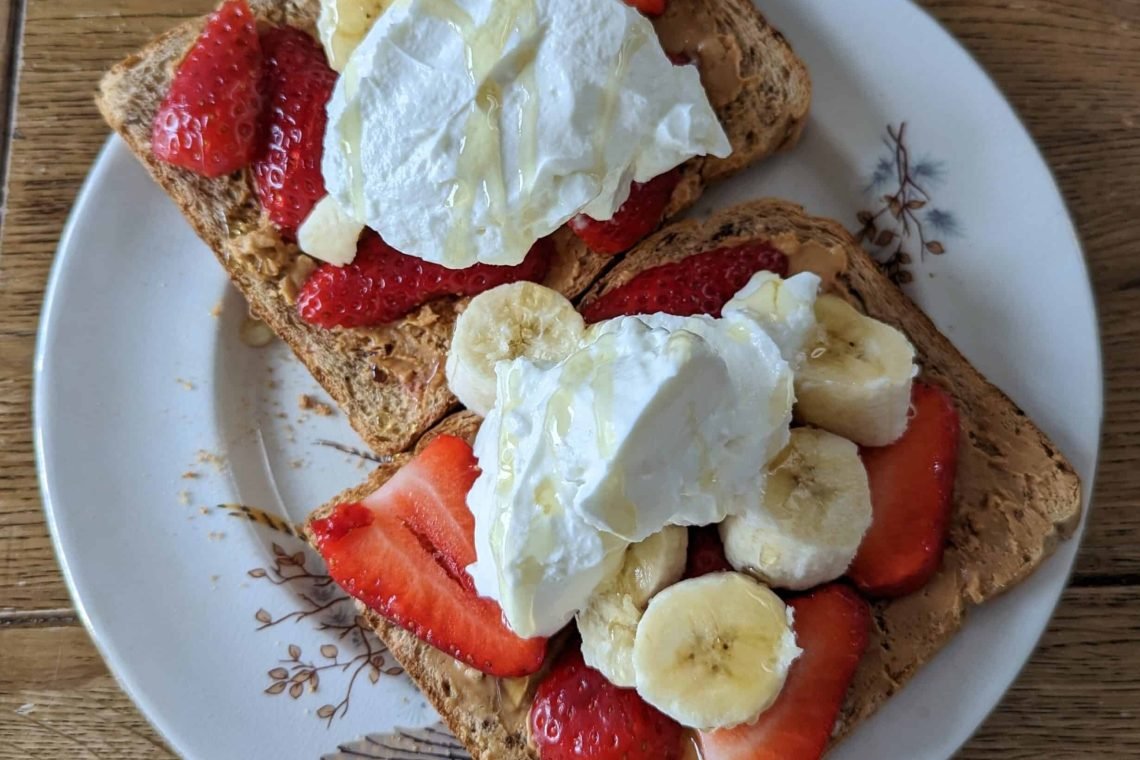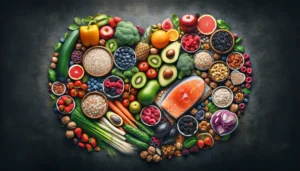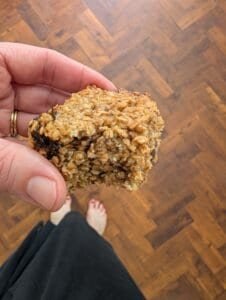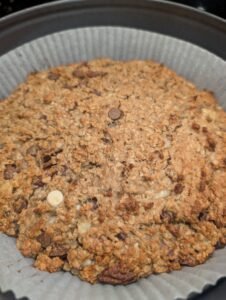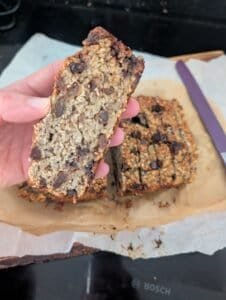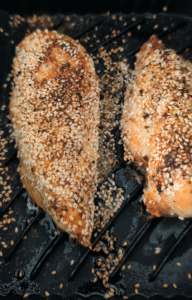Have you ever tried increasing the protein & fibre content of your breakfast? It really helps with feeling full & staying full. Plus, it better feeds the muscles and gut.
Usually, this means that you have to do a cooked breakfast. However, there are ways to make a quick breakfast that provides oodles of what you need. Peanuts provide monounsaturated fats which are considered heart healthy fats. Greek yoghurt provides protein and calcium needed for bone health. Although I used strawberries and banana, lots of fruit works well in this meal. For example, have you tried apple or pear on your PB on toast?
What are you aiming for at breakfast time? This depends on lots of factors. But, based on 3 meals day, for a typical person.
- A breakfast with 30g of protein can be beneficial for bigger people, hungrier people, older people, those with PCOS, pregnant or lactating women, sports people etc… Most people need 20-40g per meal.
- Most people require 25-35g of fibre each day. The vast majority of people don’t achieve this. Aiming for 10-12g of fibre each meal is a healthy aim.
So let’s look at this meal.
Ingredients
- 2 slices of wholegrain toast
- 2 tbsp peanut butter
- 1 small banana
- A portion of strawberries
- 2 heaped spoons of greek yoghurt (approx 100g)
- A drizzle of agave
- A latte may with 200ml of fibre enriched milk (or regular milk)
How to make it
- Toast your bread. Smear on the peanut butter. Chop the fruit. Lob on the grook yoghurt and drizzle with agave.
- To make your milk coffee, half fill a mug with milk. I pop it in the microwave for 1.5 minutes. I then add 2 capsules.
A bit more detail.
Ignore the breakdown if you don’t care I only look at these things in fine detail to learn them so that my clients don’t have to consider the breakdown.
- Coffee is full of antioxidants and generally provides more fibre than fruit or vegetable juice.
- I choose decaf as it takes longer to metabolise caffeine during pregnancy, making it detrimental for sleep.
- Wholegrain bread provides 3g fibre in 2 slices, and 8g protein.
- 2 tbsp peanut butter provides 2.5g fibre and 7.5g protein.
- A small banana provides 2.5g fibre and 1g protein.
- Strawberries provide 1.5g fibre and 0.5g of protein.
- Greek yoghurt provides 9g protein (they vary a fair bit).
- Not seen in this photo – my milky coffee made with milk that is fortified with fibre. This provides 5g fibre and 7g protein.
 Total: 15g fibre and 33g protein.
Total: 15g fibre and 33g protein.
 Skip the milky coffee and it’ll contain 10g fibre and 26g protein (plenty for smaller people).
Skip the milky coffee and it’ll contain 10g fibre and 26g protein (plenty for smaller people).
 This meal is vegetarian. But, if you’re vegan swap the Greek yoghurt and milk for soya yoghurt (4.5g protein & 1g fibre per 100g) plus soya milk (7g protein & 1g fibre per 200ml). Therefore, 31g protein and 12g fibre.
This meal is vegetarian. But, if you’re vegan swap the Greek yoghurt and milk for soya yoghurt (4.5g protein & 1g fibre per 100g) plus soya milk (7g protein & 1g fibre per 200ml). Therefore, 31g protein and 12g fibre.
One reason I chose to share this breakfast is simply to challenge your mindset that a high protein breakfast has to include eggs, meat, fish, cook or is always savoury.
To boost protein further, choose protein milk (extra 3g per 200ml) and/or quark/skyr (extra 2.5g per 100g). This extra 5g would be handy if you’re a bigger or older person.

